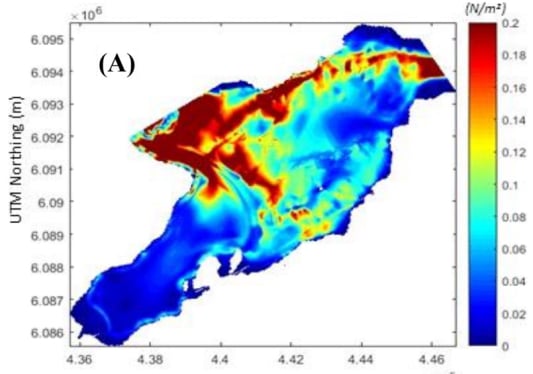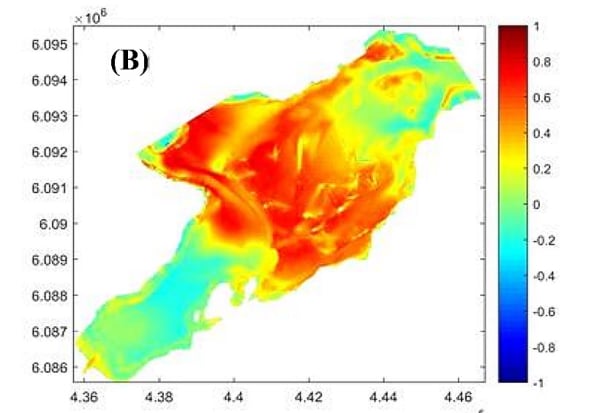
ASL uses High Performance Computing for Numerical Modeling
ASL has developed processes and systems to manage metocean projects. These include processes and systems for document management, data management, quality management, and health, safety and environment (HSE) systems. We are very proud of our success in collecting metocean data in some of the world’s most challenging oceanographic environments. ASL has developed its own hydrodynamic model and runs publicly available models such as 3-D unstructured Finite Volume Community Ocean Model (FVCOM), Delft3D, and SWAN. ASL has a complete MATLAB- based suite of software for the editing, analyses and visualization of metocean data.
Besides wave modeling for metocean studies, ASL has implemented the SWAN wave model in a number of other coastal projects, including modeling nearshore spectral wave transformation off the west coast of Vancouver Island (Jiang and Fissel, 2003), modeling nearshore spectral wave transformation off the west coast of Africa (Fissel and Jiang, 2004), modeling locally wind-generated waves in the Strait of Georgia and Roberts Bank (Jiang and Fissel, 2005), modeling ocean waves at Victoria's Fisherman’s Wharf (Fissel, et al., 2007), and wave modeling for Victoria International Marina with and without attenuators (Jiang and Fissel, 2008 and 2009; Fissel and Lin 2012; Lin and Fissel 2014). (read full background)





